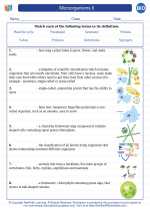Kidneys: Anatomy and Function
The kidneys are a pair of bean-shaped organs located on either side of the spine, just below the rib cage. They are vital for maintaining the body's internal balance and performing several crucial functions.
Anatomy of the Kidneys
The kidneys are made up of millions of functional units called nephrons. Each nephron consists of a renal corpuscle (which includes the glomerulus and Bowman's capsule) and a renal tubule. The renal tubule is further divided into the proximal convoluted tubule, loop of Henle, distal convoluted tubule, and collecting duct.
Functions of the Kidneys
- Filtration: The kidneys filter waste products and excess substances from the blood, forming urine in the process.
- Reabsorption: Essential substances such as water, glucose, and ions are reabsorbed from the filtrate back into the blood to maintain homeostasis.
- Secretion: Additional substances, such as certain drugs and excess ions, are actively transported into the filtrate for excretion.
- Regulation of Blood Pressure: The kidneys help regulate blood pressure by controlling the volume of blood and the concentration of ions and water in the body.
- Production of Hormones: The kidneys produce hormones such as erythropoietin, which stimulates red blood cell production, and renin, which is involved in regulating blood pressure.
Common Kidney Disorders
Some common disorders affecting the kidneys include:
- Chronic Kidney Disease (CKD): A condition in which the kidneys gradually lose function over time, leading to a buildup of waste and fluids in the body.
- Kidney Stones: Hard deposits of minerals and salts that form in the kidneys and can cause severe pain when passing through the urinary tract.
- Urinary Tract Infections (UTIs): Infections that can affect the kidneys, ureters, bladder, and urethra, leading to discomfort and potential complications if left untreated.
Study Guide
To effectively study the topic of kidneys, consider the following key points:
- Understand the structure of a nephron and its different components.
- Learn the processes of filtration, reabsorption, and secretion in the kidneys and their significance in maintaining homeostasis.
- Explore the role of the kidneys in regulating blood pressure and producing essential hormones.
- Review common kidney disorders, their causes, symptoms, and potential treatments.
By mastering these concepts, you will gain a comprehensive understanding of the anatomy and function of the kidneys and their significance in maintaining overall health.
Feel free to reach out if you have any further questions or need additional assistance with this topic!
.◂Biology Worksheets and Study Guides High School. Microorganisms II
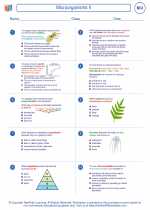
 Worksheet/Answer key
Worksheet/Answer key
 Worksheet/Answer key
Worksheet/Answer key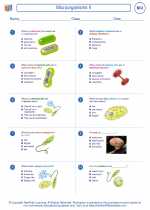
 Vocabulary/Answer key
Vocabulary/Answer key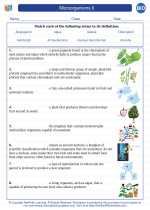
 Vocabulary/Answer key
Vocabulary/Answer key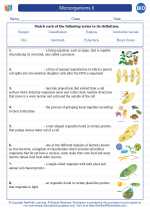
 Vocabulary/Answer key
Vocabulary/Answer key
 Vocabulary/Answer key
Vocabulary/Answer key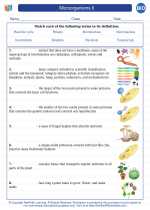
 Vocabulary/Answer key
Vocabulary/Answer key